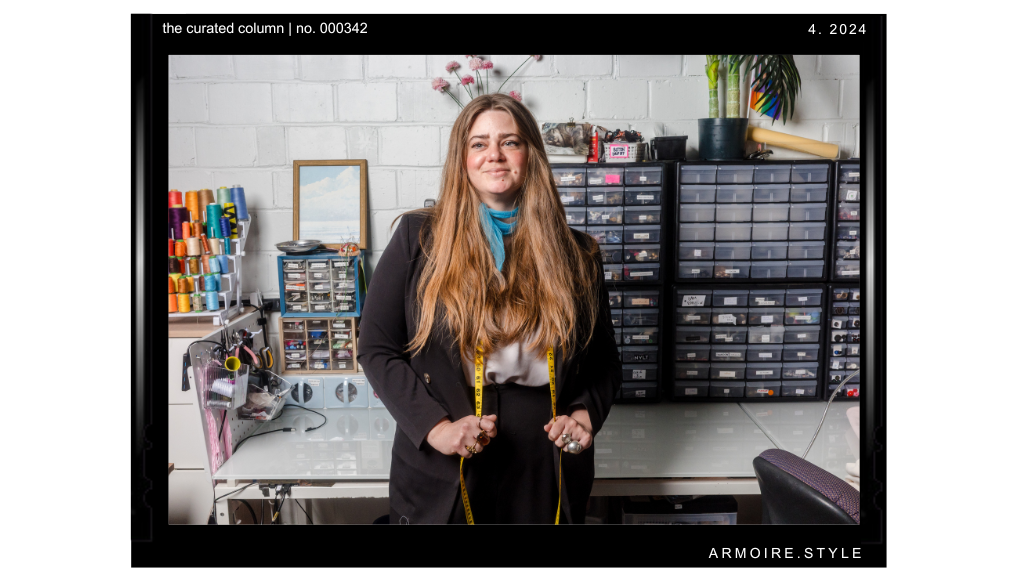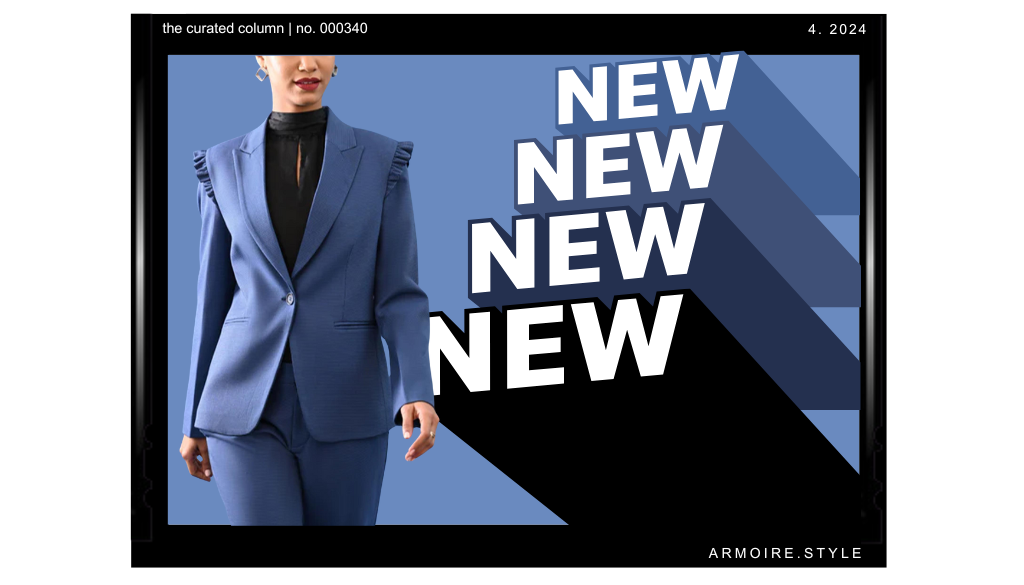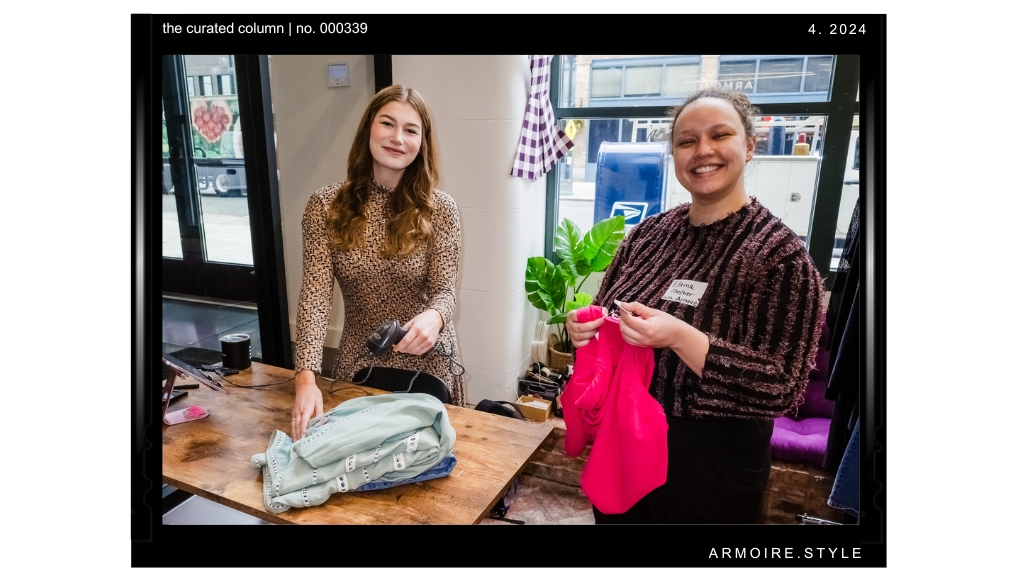
Have you ever considered employing a person with a disability?
Have you ever read a person’s resume and interviewed them, only to not choose them based on their physical disability. Well, did you know that working-age people (aged 15-64) with disability are twice as likely to be underemployed as those without disabilities (ABS, 2019) and 93% of unemployed people aged 15-64 with a disability, experience difficulties in finding employment? (AIHW, 2018)
You may be wondering if disability discrimination really is an issue, to which I say a big fat yes it is! 11% of employed working-age people with disability, experienced disability discrimination in the previous year. (AIHW, 2018). And For more than 2 in 5 employed working-age people with disability, the source of that discrimination was an employer. For about 2 in 5, it was a work colleague. (AIHW, 2018)
Why should you care?
People with a disability are an integral part of society. It is also a violation of human rights; it is a human right of all people, to have equal access to employment and participation in the labour force. This group experiences occupational deprivation, which is a form of injustice. Employment is also linked not only to income and economic security; employment impacts many other aspects of wellbeing.
And it’s not getting any better …
The unemployment rate for working-age people with disability has increased in recent years. While it remained relatively steady for working-age people without disability (around 5% between 2003 and 2018), it increased somewhat for those with disability (8% to 10%) (ABS 2019). Despite all this, people with a disability in Australia still experience barriers on a daily basis and disproportionately to the rest of the population.
What are the common barriers?
There is a multitude of barriers to employment for people with disability, some include:
- Unconscious bias, based on outdated stereotypes of people with disability
- Australian workplace culture
- Misconceptions, and lack of knowledge about the issue, how to recruit and support people with disability in the workplace
- Not knowing about the laws or how to follow them
Some common misconceptions…
- People with disability are less productive – False – people with disability are as productive as other employees. People with disability demonstrate high productivity levels in open mainstream employment (Powers, 2008).
- People with a disability require lots of support – False – it depends on the individual’s needs. Most employed (88%) and unemployed (82%) working-age people with disability do not require specific arrangements from their employer to work (AIHW, 2018).
- People with a disability are costly to employ – False – there are multiple government schemes in place to support the costs involved.
Resources you may not know about
The Wage Subsidy Scheme provides funding for employers who hire job seekers registered with a Disability Employment Service (DES) provider, to help eligible employers cover the wages of an employee in the first few months of employment.
The Employment Assistance Fund (AEF) provides financial help to eligible employers and people with a disability, to purchase work-related modifications, equipment, Auslan services and workplace assistance and support services.
The Supported Wage System (SWS) can assist to create special workplace arrangements so that employers can pay wages to a person with a disability based on workplace productivity.
The Australian Network on Disability (AND) can assist employers to employ people with disability and design their products and services.
The Australian Human Rights Commission has an initiative called Include Ability, which has support for employers to attract and recruit people with disability.
What can you do, to create change
- Better understand the legal rights of people with disability, including their right to equal opportunity of employment, by reading this article and further resources.
- Have a look at your workplace recruitment process, and check whether it is inclusive of people with disability. This might look like including disability accommodations within job advertisements to show potential employees that you are an inclusive workplace, your business values employees with a disability, and what accommodations can be made within the role.
- Explore and challenge whether your workplace holds outdated perceptions and/or unconscious bias toward people with disability in the workplace.
- Consider registering with a disability employment service (DES).

Barbara is a final year Occupational Therapy (Honours) student from the University of Queensland. As part of her coursework for her final semester, she is completing a ‘one small action’ towards social change. Through researching this topic and through her part-time work role as a support worker, she has been made aware of the challenges and discrimination people with a disability face when trying to access paid work. This project is part of the ’Social Change in Occupational Therapy’ course (OCTY4207/7830). If you have any comments, queries or concerns, please contact the course coordinator at [email protected]







